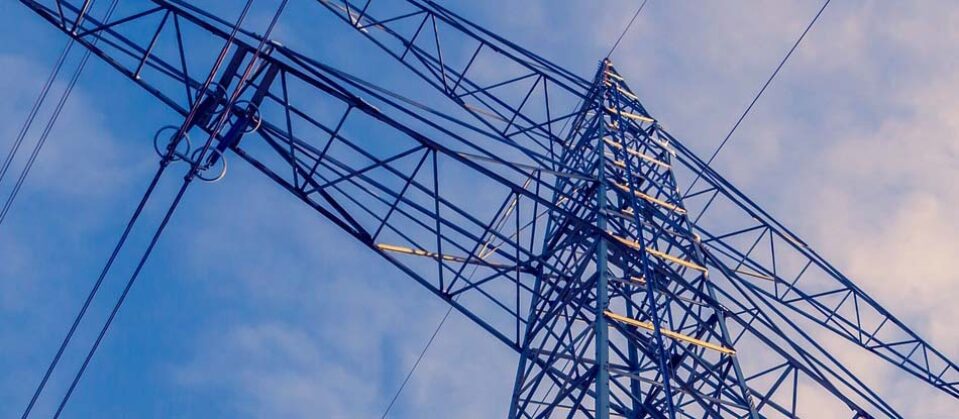The “Goldilocks” Approach to Transmission Cost Allocation
Gabe Tabak / March 24, 2022

Cleaning up the electricity grid means building more electricity transmission for clean energy sources — billions of dollars and thousands of miles more. But large-scale transmission projects can be held up over the contentious issue of “cost allocation” — more simply described as “who pays for what?” A recent court case from the D.C. Circuit, Long Island Power Authority v. FERC (“LIPA”), makes clear that the Federal Energy Regulatory Commission (FERC) has significant latitude when assigning transmission costs to particular regions or customers, and resolves some of the lingering uncertainty from earlier cases. It also will factor into FERC’s ongoing rulemaking on transmission cost allocation.
“Too Hot” or “Too Cold”
FERC has faced trouble in the past on these issues. In three cases involving the PJM region (the country’s largest grid region, covering the Mid-Atlantic and parts of the Midwest), courts rejected FERC’s approach to transmission cost allocation. In 2009 and 2013, the 7th Circuit rejected purely regional “postage stamp” rates, in which transmission costs were spread evenly across the region (see the 7th Circuit decision from 2009, and the 7th Circuit decision from 2013). Although the court stated that “We do not suggest that the Commission has to calculate benefits to the last penny, or for that matter to the last million or ten million or perhaps hundred million dollars,” it emphasized that FERC has an obligation to “compar[e] the costs assessed against a party to the burdens imposed or benefits drawn by that party.” Because the transmission projects in question would provide local benefits as well as regional ones, the court found that the postage stamp approach to cost allocation was “too regional.”
On the other side of the spectrum, the D.C. Circuit in 2018 rejected a PJM cost allocation approach that assigned 100% of costs locally – even for high-voltage projects that resulted in regional benefits. The court found that, where a utility’s customers would pay the full cost of two projects, but only receive 43% and 47% of their respective benefits, FERC’s orders “produce[d] a severe misallocation of the costs.” The court also specifically noted that FERC had acknowledged the significant regional benefits of high-voltage transmission, but had prohibited regional cost allocation. In short, this approach was “too local.”
“Just Right”
The combination of these three cases left open the question of what an acceptable cost allocation approach looks like – a question that the D.C. Circuit has now answered.
In LIPA, two transmission owners again challenged PJM’s cost allocation – this time, a contested settlement that assigned costs 50-50 among regional and local beneficiaries for lines connecting PJM and New York. Here, the D.C. Circuit indicated that FERC had appropriately balanced costs and benefits – landing on the “just right” sweet spot. The court indicated that FERC had appropriately placed “significant weight” on each group of beneficiaries, and it was not inclined to further dissect the chosen approach. The decision has several implications:
- First, a 50-50 division among regional and local benefits is not a “magic number.” The decision states that a 60-40 division in either direction would likely have been approved as well. As long as regional and local benefits both receive “significant weight” for high-voltage projects, courts are likely to defer to FERC if there is a plausible basis for the precise allocation.
- Second, there is no obligation for a time-intensive assessment of the specific benefits and beneficiaries of each project, or category of projects. Here, FERC used a cost allocation approach it had approved in another context based on evidence that the transmission projects in the settlement were similar. The court clearly states that so long as FERC has a basis to believe projects are comparable, it can approve similar cost allocation for similar transmission projects. This is valuable, because an individualized assessment for each transmission line (or type of line) can be extraordinarily time- and resource-intensive.
- Third, the case places in question current practices that require a single customer to pay for all transmission costs in certain circumstances. In particular, “participant funding” is a practice in some regions that assigns 100% of the cost of transmission upgrades to generators rather than retail customers, even for high-voltage elements. Because these approaches do not place “significant weight” on any other type of customer, they may be vulnerable to legal challenge.
Later this year, FERC is likely to come out with a proposed rule – and then a final rule – reforming transmission cost allocation. The LIPA decision provides guidance, and emphasizes the need for costs to be allocated reasonably between regions or utilities. The LIPA decision also provides FERC and stakeholders a better idea of how courts will evaluate transmission costs in the future.
* The views expressed herein do not reflect the official position of American Clean Power Association.
This page was updated on January 22, 2024 to better meet our accessibility standards. To see the page as it was initially published, click here.
